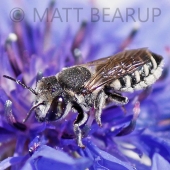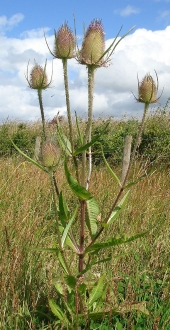


Joy Oasis wrote:Wow, I like the idea of housing for the beneficial wasps. Do they like tunnels to be facing sideways or up? How long? Maybe I could just tie up a bundle of dried hollow stems?





Ken W Wilson wrote:Last summer Japanese beetles moved into this area. Their worst damage was to what would have been a great crop of peaches on a mature tree. They actually left pits hanging on the tree. There was also a much larger beetle, bigger than a Junebug but not many. There were so many beetles that it was a little scary trying to save a few peaches. They didn’t bite, but I wasn’t sure that they couldn’t. If I shook the main branch, they’d all buzz me at once. Thousands.
I expect them to be worse next year. Does anyone have suggestions?

